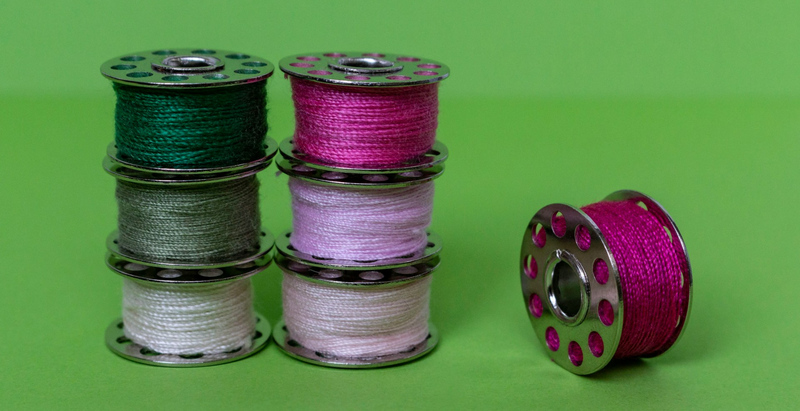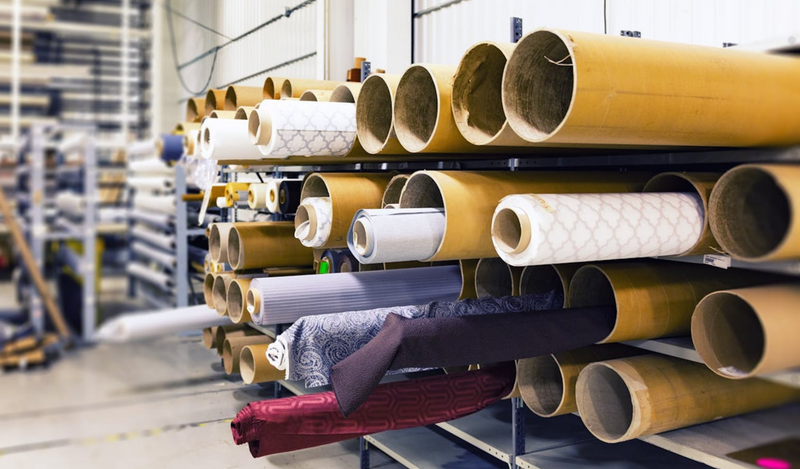
This logo isn't an ad or affiliate link. It's an organization that shares in our mission, and empowered the authors to share their insights in Byte form.
Rumie vets Bytes for compliance with our
Standards.
The organization is responsible for the completeness and reliability of the content.
Learn more
about how Rumie works with partners.
Are you wondering: "How can I learn how to sew?"
Many beginners often get frustrated when they struggle to understand their sewing machine, as even beginner patterns assume you have some core skills.
For a smooth learning experience, you need some essential skills and tools before you start learning to sew.
Let's get stitching!
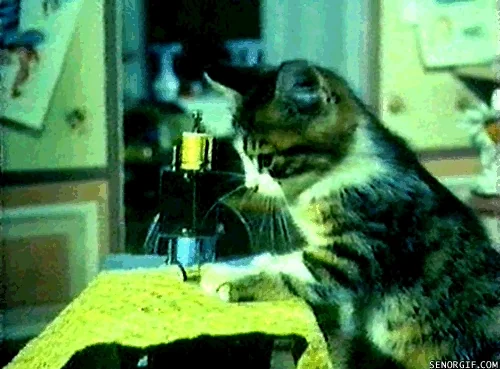
Did you know?
I made my prom dress and every prom or graduation dress my two daughters wore too! I love to make unique clothing that fits perfectly.
Get a Sewing Machine
You don't need a new or fancy machine. All sewing machines will sew straight stitches, zigzag stitches, and go forward and backward. That's all you need to learn to sew.
 A basic mechanical sewing machine. All the controls are dials and switches. Image courtesy of the author.
A basic mechanical sewing machine. All the controls are dials and switches. Image courtesy of the author.
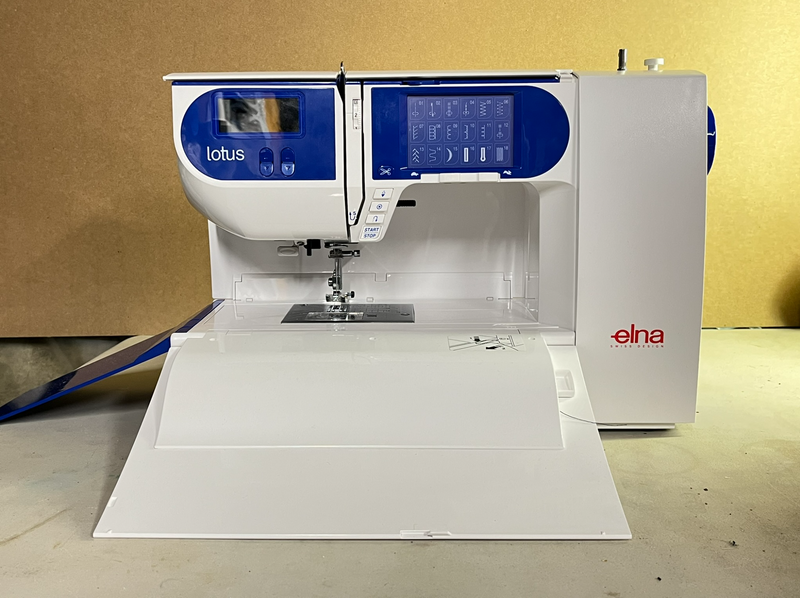 A fancier electronic sewing machine. Most of the controls are buttons. Image courtesy of the author.
A fancier electronic sewing machine. Most of the controls are buttons. Image courtesy of the author.
Borrow
You'd be surprised how many people have a sewing machine they're not using, especially older friends and relatives. Borrowing is a great idea. First, it's free. Second, a borrowed machine often comes with a helpful person who knows how to use it. See if they're willing to give you a lesson.
Buy Used
Sewing machines, especially mechanical ones, are very durable, so go ahead and buy used. I learned on a machine my mom bought in the '60s and it's still going strong.
Look for machines from the major brands: Janome, Singer, Brother, Pfaff, Bernina, Husqvarna/Viking, Juki, or Babylock. If you find a Kenmore (Sear's old house brand), those are good too.
Try thrift shops, Kijiji, Craigslist, garage sales, or Facebook Marketplace. I bought mine from a pawn shop.
Buy New
Sewing machines range from two hundred to two thousand dollars! If must buy a new one, get a basic mechanical model. You can upgrade to something better after you've sewn for a while and understand which features are useful for the projects you tend to make.
Did you know?
If you buy from a specialist sewing machine store, they usually throw in a free sewing lesson!
12 Sewing Tools You Need
You can buy most of them at your local dollar/discount store.
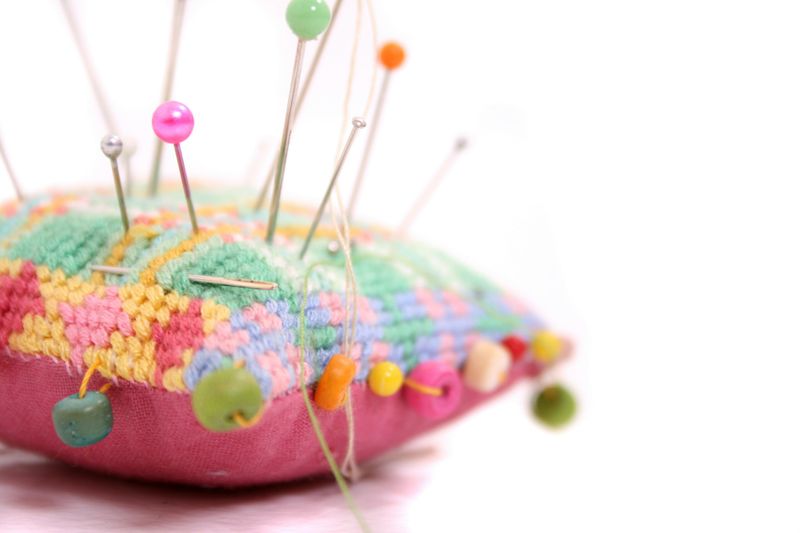 Pin cushion image by Lisa Woakes from Unsplash
Pin cushion image by Lisa Woakes from Unsplash
Pincushion
Pins
Two very sharp pairs of scissors — one for cutting only paper patterns and the other for cutting only fabric. Paper dulls the blades faster.
Fabric measuring tape
 Measuring tape mage by Michael Burrows from Pexels
Measuring tape mage by Michael Burrows from Pexels
Ruler
Seam ripper — a special tool for undoing stitches when you make a mistake.
 Seam ripper image by Pavel Danilyuk from Pexels
Seam ripper image by Pavel Danilyuk from Pexels
Tailor's chalk — not the same as chalkboard chalk! It's waxier so you can make a sharp line on fabric. It comes in a little rectangle or triangle shape and washes out with soap and water.
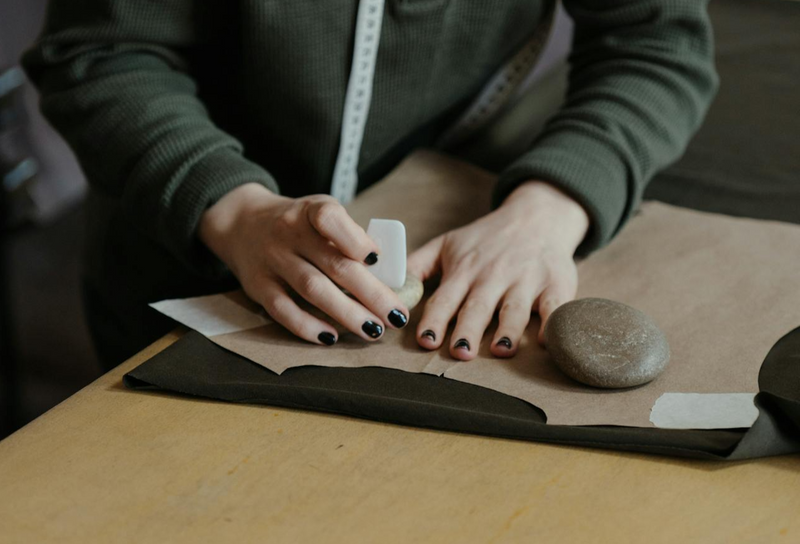 Tailor's chalk image by Cottonbro from Pexels
Tailor's chalk image by Cottonbro from Pexels
Sewing machine needles — start with a variety pack.
Hand sewing needles — to sew on buttons and hooks and other little jobs.
Bobbins — you must use bobbins compatible with the make and model of your sewing machine. You might have to buy from a sewing store or online. New machines come with a few.
Spools of thread — buy all-purpose polyester or cotton-wrapped polyester thread.
Steam iron and ironing board — if you don't iron as you sew, your project will look lumpy and badly made.
5 Steps to Thread Your Machine
Do you have the instruction manual? If not, go to the manufacturer's website and download the manual for your machine or one that looks similar.
Sit in front of your machine with the manual and figure out how to:
Wind the bobbin — learn how to wind it with this video
Load the bobbin — this video shows you how to load it
Install a new sewing machine needle — install it with this video
Thread the needle — here's how to thread one
Set the thread tension — adjust the tension with this video
Did you know?
The exact method of threading will look different from machine to machine. An experienced sewist can figure out any machine easily just like an experienced driver can get into any car and start driving. Since you're a beginner, save yourself some frustration and look at the manual.
Practice the 3 Basic Stitches
Look at the sewing machine manual and find the diagram that identifies all the controls. Prefer a video? Watch the one-minute video video below from Quilting Daily that shows you all of the controls!
Now practice these three stitches:
Straight Stitch
Consult your machine's manual and adjust the controls for sewing a straight stitch.
Draw some lines on the fabric with your tailor's chalk and ruler.
Practice sewing accurately on the lines. Try different stitch length settings.
Backstitch
Backstitching locks the start and end of a line of stitching to keep the stitches from becoming undone.
Hold down the reverse stitch lever/button and step on the pedal.
Make 2-3 backstitches and stop. Let go of the reverse stitch lever/button and do a line of straight stitches. Finish with 2-3 backstitches.
Zigzag Stitch
Consult the manual and adjust the controls for a zigzag stitch.
Sew a zizgag stitch — try different stitch width and length settings as well as backstitching the start and end.
Try zigzag stitching along the very edge of the fabric. This is a common way to stop cut edges in garments from fraying.
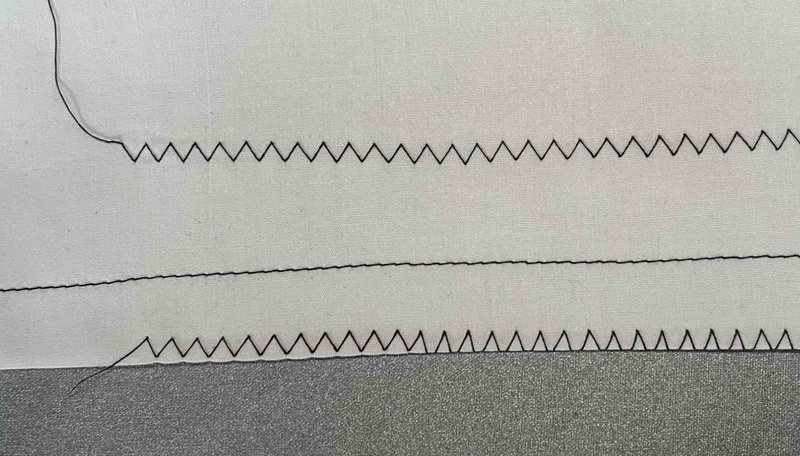 Zigzag, straight, and zigzag on the edge. Image courtesy of the author.
Zigzag, straight, and zigzag on the edge. Image courtesy of the author.
Decide on Your First Project
Pick a very easy sewing pattern to boost your confidence:
Look for rectangular pattern pieces — pillowcases or bags are good first projects.
Avoid patterns with zippers or buttonholes.
Look for patterns labeled "Very Easy" or "Learn to Sew".
You can find free downloadable sewing patterns for absolute beginners at SewCanShe and The Polka Dot Chair.
Pick easy-to-sew fabrics:
A medium-weight, tightly woven cotton fabric is best. Ask a salesperson at the fabric store — they'll be delighted to help you. Some great choices are:
quilting cotton
cotton shirting or poplin
flannel
chambray
Beginners should avoid:
slippery fabrics (satin, silk)
polyester, nylon, or acrylic fabrics (synthetics)
loosely woven/unstable fabrics (lace, netting, gauze)
textured fabrics (velvet, fun fur, terry cloth, embroidered fabrics)
stretchy fabrics (most knits)
anything very thick (heavy denim, imitation leather) or very thin (chiffon, silk)
These fabrics require more advanced handling or sewing techniques.
Quiz
Chris has never touched a sewing machine before. A good project for their first sewing experience would be:
A great beginner's project has a pattern with simple shapes, no advanced techniques, and an easy-to-sew fabric. Fun fur's long hairs make it hard to see your stitching, Satin is slippery and tends to pucker as you sew. Installing a zipper isn't that hard, but has multiple steps and requires precision. Chris might want to tackle that skill on their second project.
Did you know?
Fabric stores are great places to learn. You can handle the different kinds of fabric and the staff are usually experienced sewists who can answer all sorts of questions.
Take Action
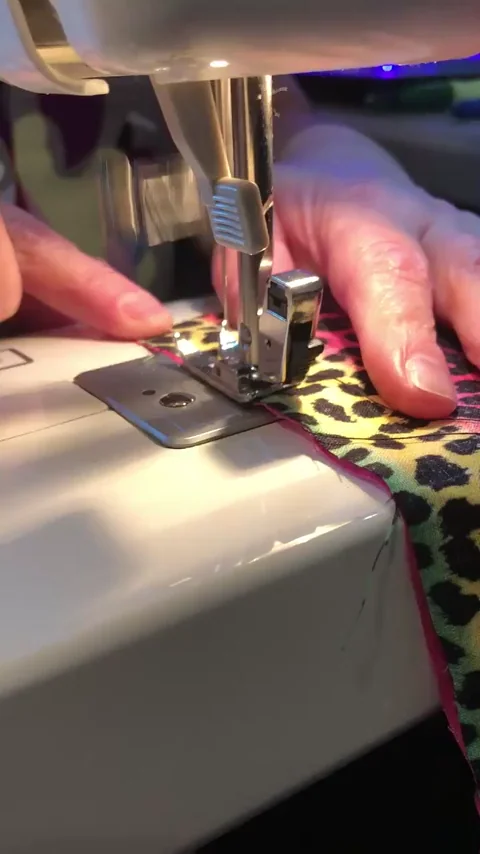
Learning how to sew is easy. With practice, soon you'll be able to move on to more advanced projects. Happy sewing!
This Byte has been authored by
Suzanne Cheng
Director of Education
B.E.S., B. Arch, B. Ed.
